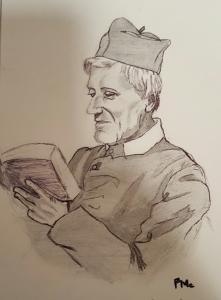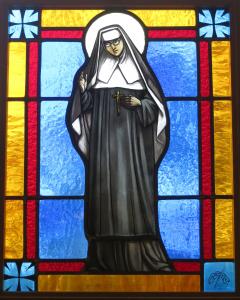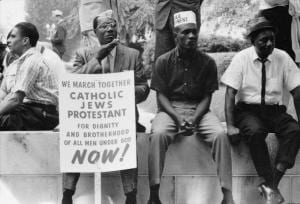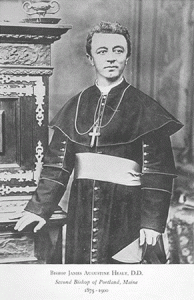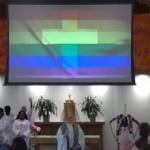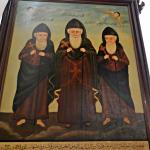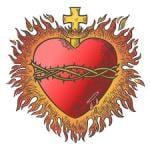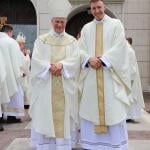New York Times, April 12, 1892
OBITUARY
GEN. THOMAS WILLIAM SWEENY
Brig. Gen. Thomas W. Sweeny of the United States Army died at his residence, 126 Franklyn Street, Astoria, at 11 o’clock on Sunday night.
He had been sick for over two years with Bright’s disease, but had been confined to his house only three months. On the afternoon of March 17 Gen, Sweeny was suddenly seized with uraemic convulsions. He was alone in a room at the time, and before aid reached him fell heavily to the floor. His condition was so serious when found that Father P.A. Walsh, his pastor, was hastily summoned, and the Last Rites of the Church were administered. The General rallied from his illness sufficiently, however, to walk about in ten days. He then became deeply interested in some records of the late war, and is thought to have overexerted himself, as he was stricken down again with a second attack of the disease. He rallied again, and it was thought that the warm weather would carry him safely through, but on April 7 he had a third attack and became unconscious. On Saturday last it became evident to his physician and his family that he would never recover. The members of his family were summoned to his bedside, and remained there Saturday night and Sunday. Shortly before 11 o’clock on Sunday night he regained consciousness and recognized those about him. His mind was clear and he recognized that his end was near, as he bade everybody good-bye. He died peacefully a few moments later.
Born in Cork, “Fighting Tom Sweeny” came to America at age twelve and was apprenticed in the printing business. During the war he volunteered for the Mexican War, in which conflict he lost an arm. After the war he served in the regular army out West until the Civil War broke out. During the war, he served in the Western Theater, distinguishing himself at battle such as Shiloh. After the war he participated in the failed invasion of Canada by the Fenians, an Irish nationalist group. He retired from the army in 1870 and lived in Manahattan until he moved to Astoria five years before his death. He was a parishioner at Our Lady of Mount Carmel, founded in 1841 as the first Catholic Church in Queens. The family lived in Astoria for many years after his death.



